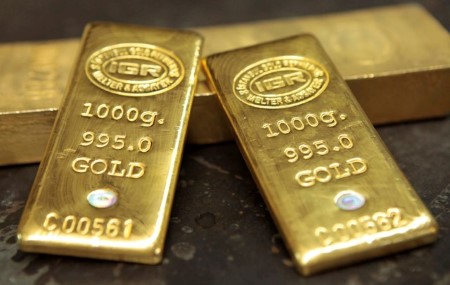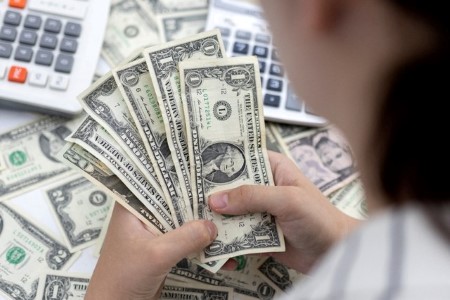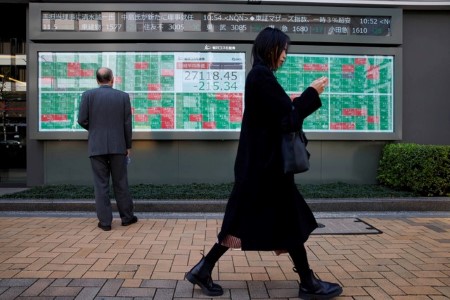LONDON – The OPEC+ group of crude oil exporters is still planning on lifting output from December, but it will be doing so against a backdrop of weak demand in the top-importing region of Asia.
Asia’s imports of crude were 27.05 million barrels per day (bpd) in September, up marginally from August’s 26.47 million bpd, according to data compiled by LSEG Oil Research.
The largely steady outcome for September arrivals was the result of region heavyweights China and India cancelling each other out.
China, the world’s biggest oil importer, saw arrivals of 11.43 million bpd in September, down from August’s 11.61 million bpd, while India’s imports were 4.94 million bpd, up from 4.71 million.
However, the more important numbers for the oil market are the year to date figures, which show Asia’s imports were 26.7 million bpd in the first nine months of the year, down 200,000 bpd from the 26.9 million bpd for the same period in 2023.
Asia accounts for about two-thirds of global seaborne crude imports, and it’s this market that tends to drive the price benchmarks such as Brent futures.
Asia’s lower oil imports for the first three quarters of 2024 undermine the forecasts for global demand growth made by the Organization of the Petroleum Exporting Countries.
OPEC’s September monthly report forecast that global demand growth in 2024 will be 2.03 million bpd, a slight 80,000 bpd reduction from its previous forecast.
But much of the forecast relies on Asia, with OPEC expecting China’s demand to rise 650,000 bpd, India by 270,000 bpd and the rest of Asia by 350,000 bpd.
The volumes tracked by LSEG show that import growth in Asia is nowhere close to meeting the OPEC forecast.
Of course, crude imports are only one aspect of total demand growth, albeit the most important. Others include domestic oil production, inventory movements and net imports of refined products.
But even if these factors are positive for overall demand growth in Asia, they are very unlikely to be enough to offset the visible weakness in the region’s crude imports.
PRICE BOOST FOR DEMAND?
There is some hope that Asia’s crude imports may increase toward the end of the year, as volumes tend to respond to lower prices, once adjusting for a lag of up to two months to account for when cargoes are arranged and physically delivered.
Global benchmark Brent futures trended weaker since mid-July, falling from a high in that month of USD 87.95 a barrel on July 5 to a low of USD 68.68 on Sept. 10.
That 22% decline may well be enough to spark renewed buying interest, especially by Chinese refiners, who have a track record of boosting imports when prices weaken, but cutting back when they rise.
It’s also possible that imports will rise in other top buyers such as Japan and South Korea as refiners ramp up output ahead of peak winter demand.
But even with a recovery in the fourth quarter, it’s still likely that Asia’s import growth in 2024 will fall short of expectations.
This means that OPEC+, which brings together OPEC and allies including Russia, will be increasing production at a time when demand growth is still uncertain.
The group held an online joint ministerial monitoring committee meeting on Wednesday, meeting market expectations for no change in policy.
This puts OPEC+ on track to ease its output cuts by 180,000 bpd from December, the group having postponed its earlier plan to raise production from October onwards.
Of course, OPEC+ retains the option to delay any increase to production further, but doing so risks ceding even more market share to producers outside the group, such as those in both North and South America.
In addition to uncertainty over what OPEC+ will ultimately decide, the crude market is grappling with the risks of a wider conflict in the Middle East, including the possibility that Israel may target Iran’s oil infrastructure in retaliation for Tehran’s missile barrage this week.
The tensions have resulted in a premium being once again priced into crude, with Brent rising to a one-month of USD 76.14 during Wednesday’s trade.
This premium is likely to persist until there is some de-escalation in the Middle East, and if that does occur, then it’s likely the market will once again focus on the broader demand concerns.
(Reporting by Clyde Russell; Editing by Elaine Hardcastle)







 DOWNLOAD
DOWNLOAD









